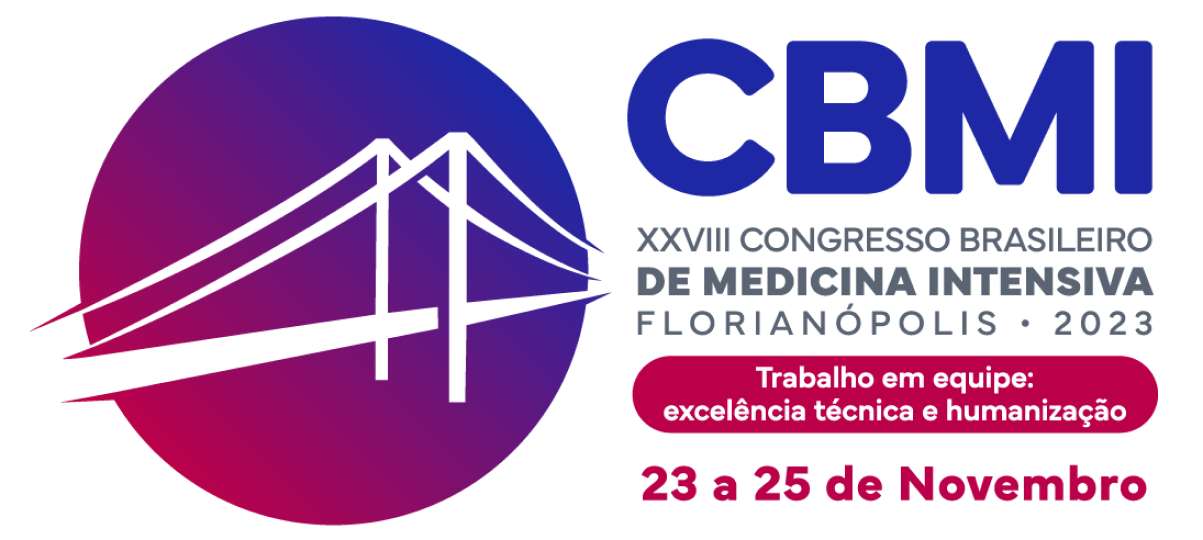Dados do Trabalho
Título
Acute Post-COVID-19 Syndrome biomarkers and radiological repercussions: a scope review
Objetivo
Compounding this article, through a scoping review, the radiological caused by the post-covid syndrome, as well as its risk factors and biomarkers were evaluated.
Métodos
Observational studies were selected between 2021 and 2023, using the MedLine as database, with the following keywords: long-COVID, Diagnostic Imaging, Biomarkers. Studies that evaluated patients who recovered from COVID-19 and with a minimum follow-up of 6 months after the acute phase were included. Studies with a sample number less than 70 were excluded. 316 studies were found and only 4 were selected to compose this review.
Resultados
About 55% articles observed that sequelae on high-resolution computed tomography that were related to the severity of the disease, the presence of comorbidities, age, intensive care and hosting time hospital. Elevation of some markers had been associated with sequelae, such as raised C-reactive protein, d-dimer and IL-6 were observed(p<0,05)(1,2).
Conclusão
It has been demonstrated that even after 1 year of the acute phase of COVID-19, residual abnormalities on HRCT were frequent. These lung damages were more evident in patients with severe/critical illness and with multiple comorbidities. Some biomarkers associated with sequelae were identified.
References
1. Faverio P, Luppi F, Rebora P, D'Andrea G, Stainer A, Busnelli S, et al. One-year pulmonary impairment after severe COVID-19: a prospective, multicenter follow-up study. Respir Res. 2022 Mar 21;23(1):65.
2. Vijayakumar B, Tonkin J, Devaraj A, Philip KEJ, Orton CM, Desai SR, et al. CT Lung Abnormalities after COVID-19 at 3 Months and 1 Year after Hospital Discharge. Radiology. 2022 May;303(2):444-454.
Área
Insuficiência Respiratória e Ventilação Mecânica
Autores
Lucas Sabbagh Loures Vieira, Gian Lucas Teixeira Caneschi, Ana Paula Ferreira
